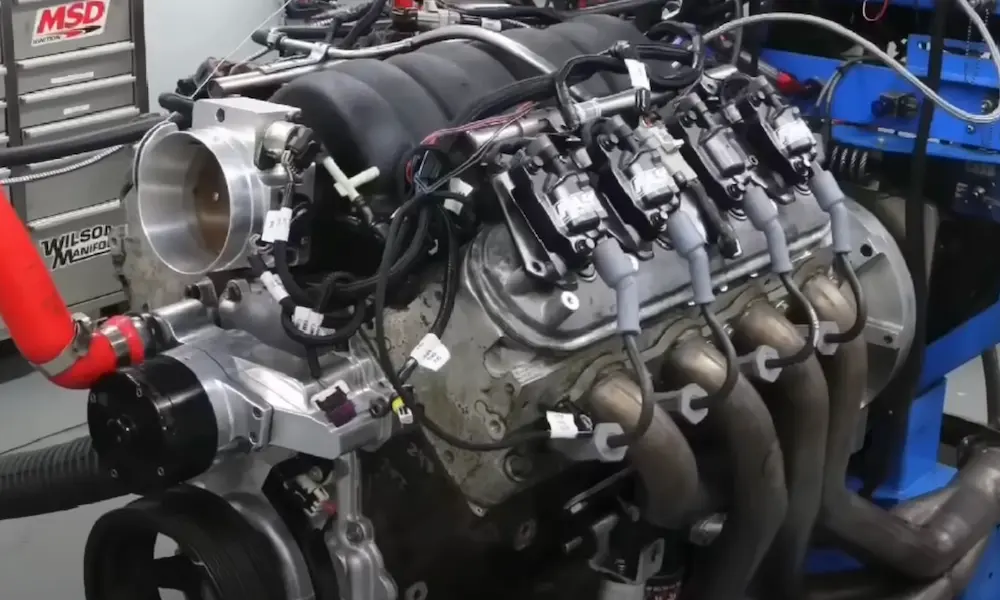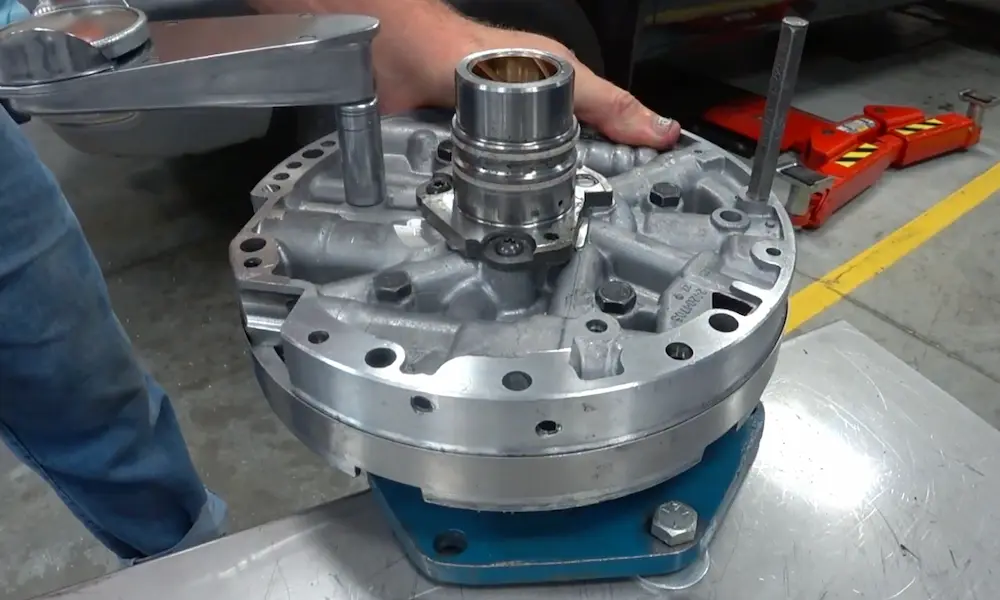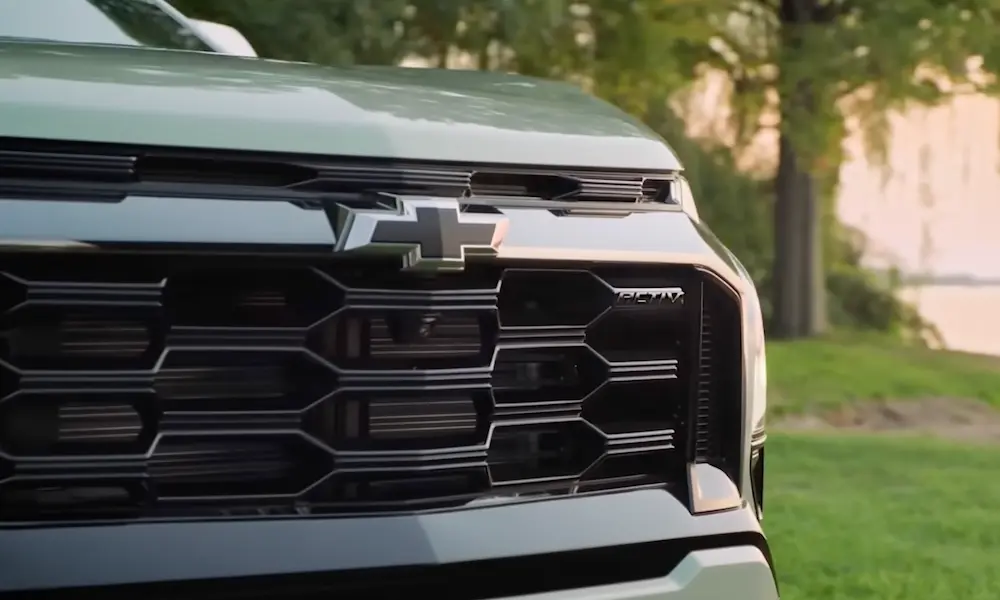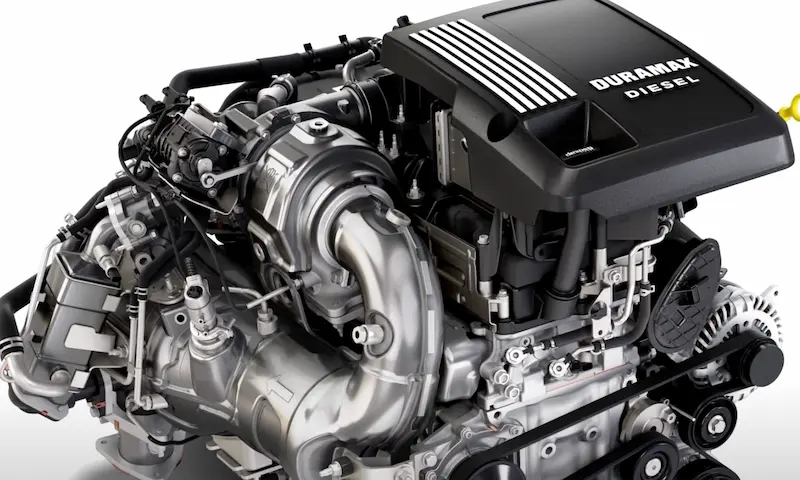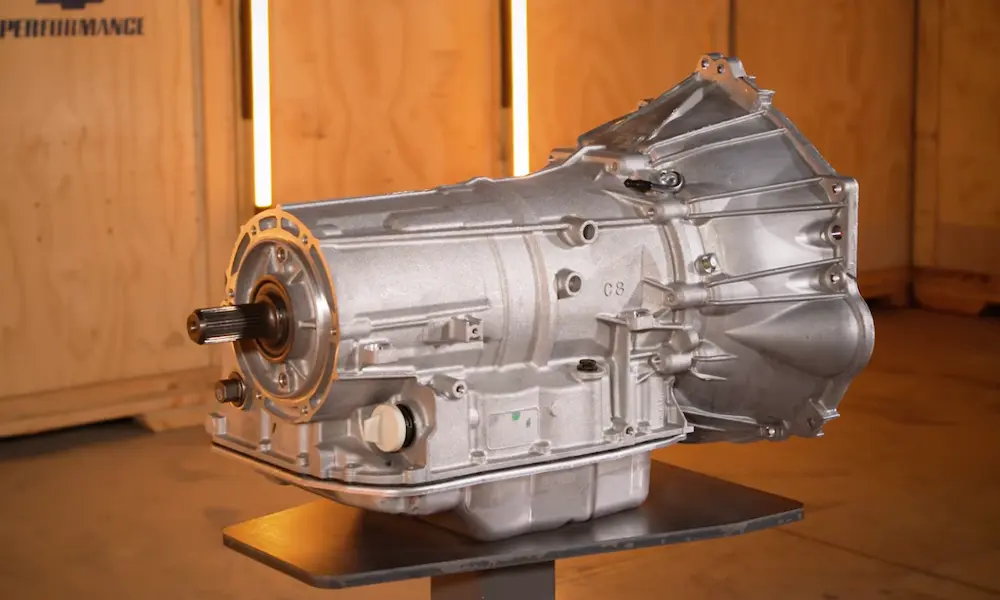Ever wondered what powers one of the most incredible Corvettes ever built? That thunderous roar and neck-snapping acceleration of the C6 ZR1 comes from GM’s legendary LS9 engine. Whether you’re a performance enthusiast, potential owner, or just curious about automotive engineering marvels, this deep dive into the LS9 engine specs will show you exactly why this powerplant remains a benchmark in American V8 performance.
What Is the LS9 Engine?
The LS9 is GM’s hand-built 6.2-liter supercharged V8 engine that powered the iconic C6 Corvette ZR1 from 2009 to 2013. As the crown jewel of GM’s fourth-generation small block engines, it delivered an astonishing 638 horsepower and 604 lb-ft of torque – making it the most powerful production engine GM had ever created at that time.
What sets the LS9 apart isn’t just raw power. It’s the meticulous engineering that went into creating a supercharged engine that’s both incredibly potent and surprisingly drivable. Each LS9 was hand-assembled by a single technician at GM’s specialized Performance Build Center in Wixom, Michigan, giving it a level of craftsmanship rarely seen in mass-produced American cars.
LS9 Engine Specifications at a Glance
Let’s break down the essential specs that make the LS9 so special:
| Specification | Details |
|---|---|
| Engine Type | 6.2L Supercharged V8 |
| Displacement | 376 cubic inches (6.2 liters) |
| Horsepower | 638 hp @ 6,500 rpm |
| Torque | 604 lb-ft @ 3,800 rpm |
| Compression Ratio | 9.1:1 |
| Redline | 6,500 rpm |
| Block Material | Cast aluminum with cast-iron cylinder liners |
| Cylinder Head Material | Cast aluminum |
| Supercharger | Eaton R2300 Twin Vortices Series (TVS) |
| Boost | 10.5 psi maximum |
| Lubrication System | Dry-sump |
| Production Years | 2009-2013 |
The Heart of the Beast: LS9 Block Design
The LS9’s foundation starts with a specially reinforced aluminum block that’s 20% stronger than previous GM blocks. This isn’t your average small block Chevy.
The block features 319-T7 aluminum construction with cast-iron cylinder liners that can handle enormous pressure. What you can’t see is just as important – the block’s “windows” (openings between cylinders) were carefully redesigned to add strength while improving bay-to-bay breathing for better performance.
The deep-skirt design incorporates six-bolt, billet steel main caps that keep everything aligned even under extreme loads. This extra reinforcement was absolutely necessary – when you’re forcing this much air and fuel into an engine, the internal forces are tremendous.
Rotating Assembly: Built to Handle the Power
Pop open an LS9, and you’ll find components more commonly associated with race engines than street cars:
Crankshaft and Connecting Rods
The LS9 uses a forged steel crankshaft with a 3.622-inch stroke – a bulletproof design that can handle the massive torque. Connected to this are forged titanium connecting rods, which provide exceptional strength while being significantly lighter than steel. This reduces reciprocating mass, allowing the engine to rev more freely and putting less stress on bearings.
Pistons and Compression
The pistons are forged aluminum, specifically designed to handle supercharged applications. With a 9.1:1 compression ratio (relatively low for a performance engine but perfect for forced induction), these pistons include special features to manage heat, including oil-spray cooling jets that target the underside of each piston during operation.
Supercharged Power: The LS9 Induction System
The true star of the LS9 show is its supercharging system. GM didn’t just bolt on any supercharger – they equipped the LS9 with an advanced Eaton R2300 TVS (Twin Vortices Series) supercharger featuring a four-lobe rotor design.
This wasn’t just about making big power numbers. The supercharger was designed to deliver immediate throttle response and a broad, usable power curve. With 10.5 psi of maximum boost, the system forces massive amounts of air into the combustion chambers.
To manage the heat generated by compression (a supercharger’s worst enemy), the LS9 incorporates an integrated intercooler system. This heat exchanger dramatically reduces intake air temperatures, increasing density and power while preventing detonation.
Cylinder Heads and Valvetrain: Handling the Airflow
The LS9’s specialized cast aluminum rectangle port cylinder heads are engineered specifically for supercharged applications. With 2.16-inch intake valves and 1.59-inch exhaust valves operating in 68cc combustion chambers, these heads promote excellent airflow while maintaining the reliability GM demands.
Despite the engine’s advanced nature, GM stuck with their proven overhead valve design with traditional pushrods and two valves per cylinder. This might seem old-school compared to overhead cam designs, but it offers packaging advantages and proved more than capable of delivering the goods.
Advanced Oiling System: Keeping It All Together
High-performance engines need serious lubrication, and the LS9 delivers with a sophisticated dry-sump oiling system. Unlike conventional wet-sump systems, this racing-derived setup relocates the oil reservoir outside the crankcase to a separate 10.5-quart capacity tank.
The benefits are numerous:
- Prevents oil starvation during aggressive cornering
- Reduces parasitic power losses from oil windage
- Allows for a lower engine mounting position
- Provides superior cooling of the oil
This multi-stage pump system maintains precise pressure regulation across all engine speeds and loads – critical when bearings are under the extreme pressure generated by 638 horsepower.
Real-World Performance: What the LS9 Delivers
Numbers on paper are impressive, but what does the LS9 actually feel like in the real world? In the C6 ZR1, this powerplant delivers:
- 0-60 mph in just 3.4 seconds
- Quarter-mile times in the high 10-second range
- Top speed over 200 mph
What’s more impressive is how the power is delivered. Unlike some high-strung performance engines, the LS9 produces substantial torque from just off idle, with peak torque arriving at a relatively accessible 3,800 rpm. This gives the engine tremendous flexibility and real-world drivability despite its exotic performance credentials.
Vehicle Applications: Where to Find the LS9
The primary home for the LS9 was the 2009-2013 Chevrolet Corvette ZR1, where it established the model as America’s supercar. But it didn’t stop there – the engine also found its way into:
- HSV GTSR W1 (a limited Australian performance sedan)
- Equus Bass 770 (a boutique American sports car)
Additionally, GM offered the LS9 as a crate engine through Chevrolet Performance, allowing custom builders and enthusiasts to install this powerhouse in virtually any vehicle strong enough to handle it.
LS9 Development History: From Concept to Production
The path to the final LS9 wasn’t straightforward. During early development (when the project was code-named “Blue Devil”), GM engineers actually explored using twin turbochargers rather than a supercharger.
However, packaging constraints within the C6 Corvette platform created challenges for the turbo setup. After a test mule reportedly experienced thermal issues during testing, the engineering team pivoted to the supercharger solution, which offered both the desired performance and better packaging dimensions.
This evolution highlights GM’s pragmatic approach to engineering – finding the optimal solution that balances performance, reliability, and production feasibility rather than pursuing technology for its own sake.
Potential Upgrades: Taking the LS9 Further
Even with 638 horsepower from the factory, many enthusiasts can’t resist the urge to extract more performance. Common upgrades include:
- Smaller supercharger pulleys to increase boost
- High-flow air intake systems
- Custom exhaust headers and exhaust systems
- Performance camshafts with more aggressive profiles
- Professional tuning to optimize fuel and spark delivery
With relatively simple modifications, the LS9 can produce well over 700 horsepower while maintaining reasonable reliability. More extensive builds have pushed beyond 1,000 horsepower, though such extreme outputs often require significant internal strengthening and supporting modifications.
The LS9’s Legacy and Influence
The LS9 was eventually succeeded by the LT5 in the C7 ZR1, which built upon its foundation with direct injection and other advancements. However, the LS9’s influence extends far beyond its production run.
This engine demonstrated that GM could produce world-class powerplants competitive with exotic European offerings at a fraction of the cost. It showed that evolution rather than revolution could yield remarkable results when backed by thoughtful engineering and quality manufacturing.
Today, the LS9 remains a benchmark for forced-induction production engines, respected by enthusiasts and engineers alike for its combination of raw power, drivability, and reliability.
Buying an LS9-Powered Vehicle: What to Know
If you’re considering purchasing a C6 ZR1 or another LS9-powered vehicle, here are some key points to keep in mind:
- Look for complete service records, particularly regarding supercharger maintenance
- Check for signs of overheating or detonation, which could indicate boost or tuning issues
- Verify whether the engine has been modified, as improper modifications can reduce reliability
- Consider having a specialized inspection done by someone familiar with these engines
- Budget for consumables like clutches, as the tremendous torque can accelerate wear
While the LS9 is generally robust, these are complex, high-performance engines that benefit from knowledgeable care and proper maintenance.
Conclusion
The LS9 engine represents a high-water mark in GM’s performance engineering – a supercharged masterpiece that combined traditional American V8 architecture with advanced forced induction and materials. Its 638 horsepower and 604 lb-ft of torque made it the most powerful production engine in GM’s history at the time, and its hand-built nature reflected the special place it held in the company’s lineup.
More than just raw numbers, the LS9’s legacy is about showing what’s possible when American engineering talent is unleashed to create something truly exceptional. For enthusiasts and collectors, LS9-powered vehicles represent not just extraordinary performance, but a significant moment in automotive history.




